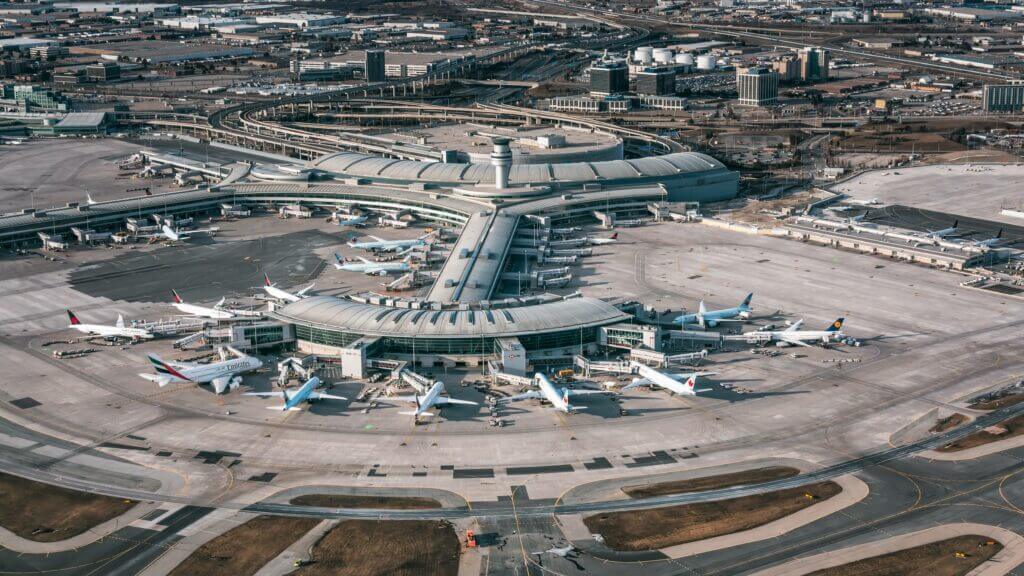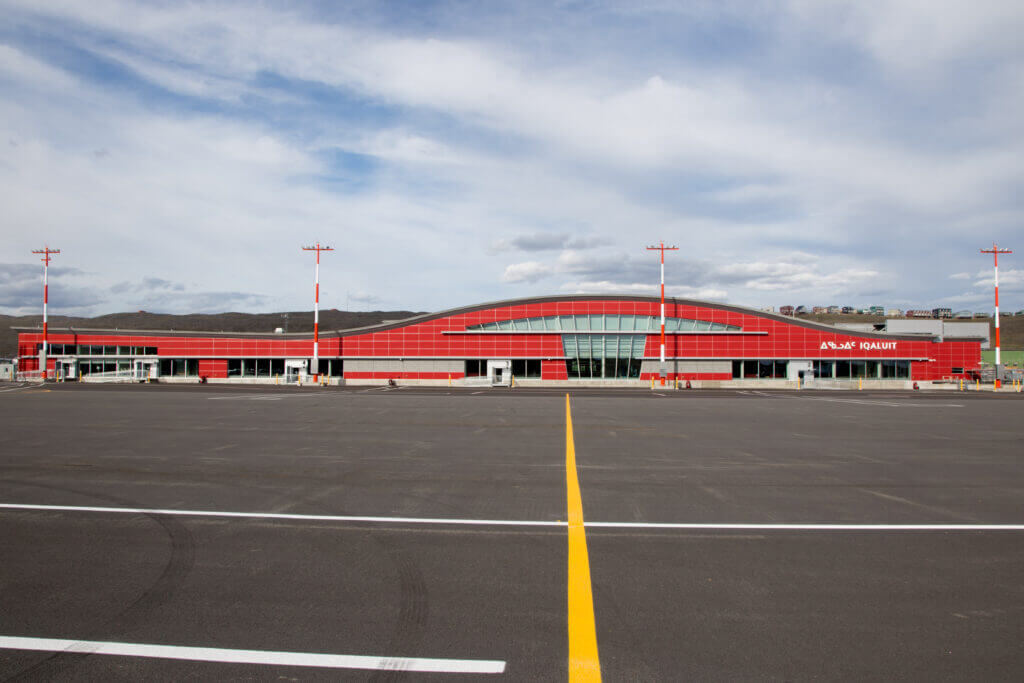Estimated reading time 7 minutes, 57 seconds.
Canadian airports remain at a competitive disadvantage to their U.S. counterparts as Ottawa finds itself addicted to generating revenue from Canada’s aviation industry, according to a study from the Montreal Economic Institute.
Gabriel Giguere, public policy analyst at the think tank, said the roots of the government’s fiscal addiction date back to 1992. That’s when Ottawa was keen to reduce its huge deficit and began shifting responsibility to local entities for operating large airports. It transferred management from Transport Canada to not-for-profit, community-based authorities and other groups.

Since 1992, Ottawa has charged “ground rent” to major airports. “The framework stipulates that these authorities will pay rent to the government based on the airport’s gross revenues,” Giguere said in his study, which includes a review of the National Airports System (NAS).
Of the 26 NAS airports, 21 pay ground rent.
For more than three decades, the government has charged rent on the federally owned land on which major airports operate. Ottawa does provide some funding to those airports, but not nearly to the level that it taxes them.
“During the decade from 2013 to 2023, NAS airports paid over $3 billion to the government, in spite of the reduction in rental revenues during the two years that were seriously affected by the COVID-19 pandemic,” said Giguere. “Indeed, the airline industry as a whole experienced a drastic decline in its activities, which led the government to suspend rent payments for the 2020-2021 fiscal year.”
In the 2022-23 fiscal year, however, $419 million in ground rent went into the federal government’s coffers. That was up more than 42 per cent from the 2013-14 fiscal year.
For Canadian consumers, the ripple effect is felt in higher airfares, with airport improvement fees contributing to increased ticket prices, along with security charges and sales taxes. For example, a round-trip flight booked in January on Porter Airlines for travel in mid-March between Toronto’s Pearson International Airport and Vancouver International Airport had a base fare of $382. The extra costs were $131.56, or the equivalent of 34.4 per cent of the base fare, resulting in a price tag of $513.56, excluding other fees such as advance seat selection and travel insurance.

Travellers must pay $35 for the airport improvement fee when departing from Pearson and $25 when departing from Vancouver. As well, there is a $14.24 fee for air traveller security on the round-trip ticket, plus $57.32 in taxes.
Then there are fuel excise taxes, even though they don’t appear directly on the ticket price.
In Canada, the federal excise tax rate is four cents a litre on aviation fuel, compared with 1.55 cents a litre in the United States, “which favours American airports just south of the border that attract Canadian travellers,” said Giguere.
With three-quarters of Canada’s population living within roughly 160 kilometres of the Canada-U.S. border, many budget-conscious travellers from Canada find it worthwhile to cross the border to seek cheaper fares, especially to sun destinations such as Florida.
Industry observers in Canada say the U.S. government views airports as economic engines, in contrast to the Canadian government’s treatment of airports as revenue streams.
“The current fiscal and regulatory framework penalizes Canadian travellers, who pay more for their plane tickets due, among other things, to airport rents and other elevated fees,” said Giguere. “This framework also undermines the competitiveness of our airports compared to American airports just south of the border.”

The Standing Committee on Transport, Infrastructure and Communities released a report in February 2023, after hearing from witnesses who said Canada needs to have airport systems that are more efficient.
“Airports in remote and northern regions are often owned directly by communities, and therefore do not pay rent to the federal government,” the committee said in its 52-page report. “They are, however, required to follow federal regulations and find the funds to upgrade their infrastructure to be able to keep their airport up to date.”
Giguere noted that, on average, $32 million was invested annually between 2013 to 2020 through the federal Airports Capital Assistance Program (ACAP). “Only a very small portion of ACAP funds [were] paid to a few small NAS airports, with the majority going to airports that do not pay rent,” he said.
The Canadian Airports Council has urged Ottawa to reinvest rent payments back into airport infrastructure, which it estimates at about $400 million a year for the next decade.
ATB Capital Markets views ground rent as a “headwind” for Canada’s aviation industry.
“Rent costs limit the ability of airport authorities to improve existing infrastructure, resulting in a significant increase in airport improvement fees on passenger tickets in recent years,” ATB said in a research note in January. “We believe Canada’s high-cost structure poses a significant barrier to entry for new and expanded services, reinforcing Air Canada’s dominant market position and significantly increasing the cost of travel for Canadians.”








